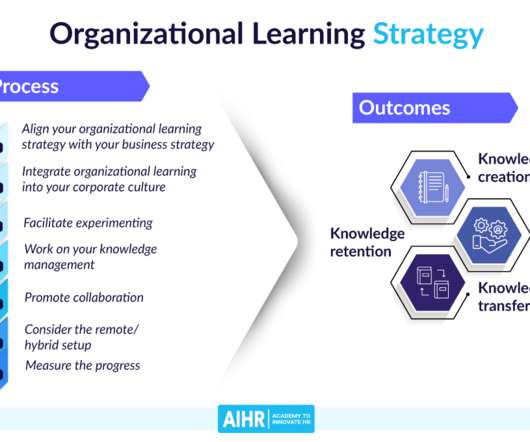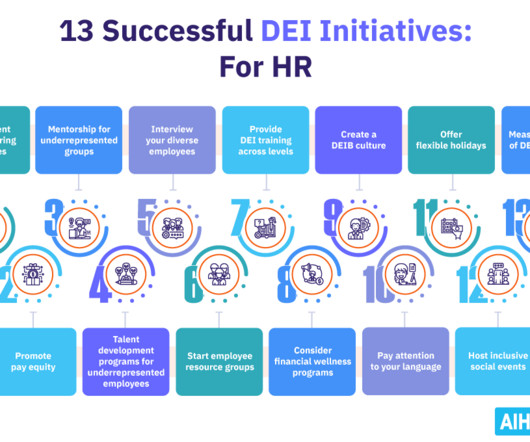Organizational Learning Strategy: The What, Why and How
Analytics in HR
MARCH 2, 2022
There are three key results to organizational learning: Knowledge creation – Recognizing new insights into the organization. For example, imagine you work for a Software as a Service (SaaS) company. For example, imagine you work for a Software as a Service (SaaS) company. Promote collaboration.
















Let's personalize your content